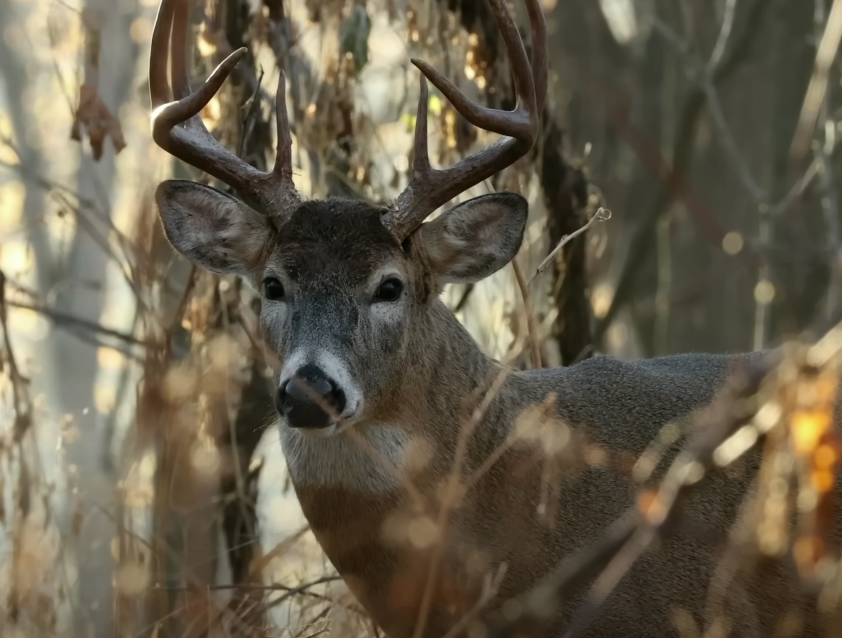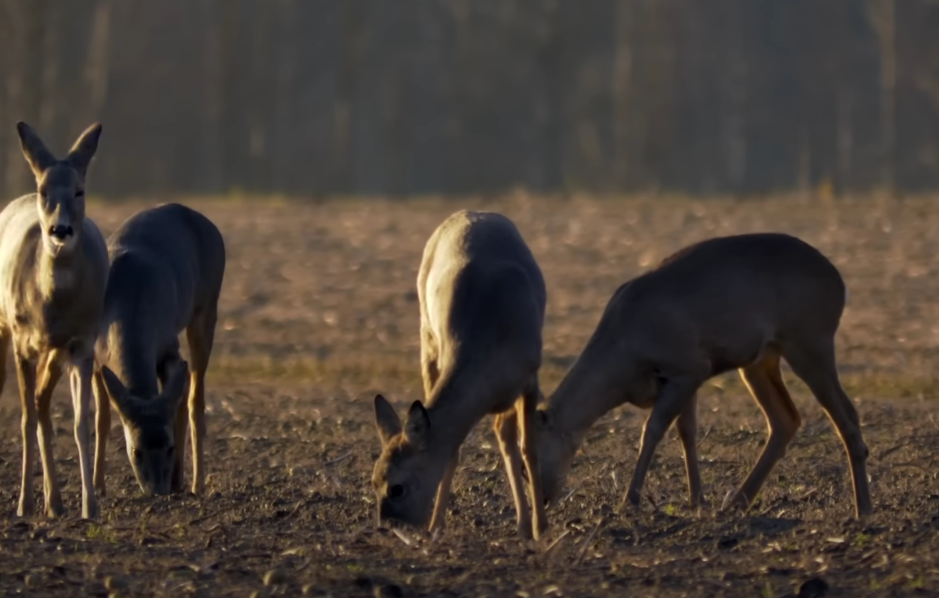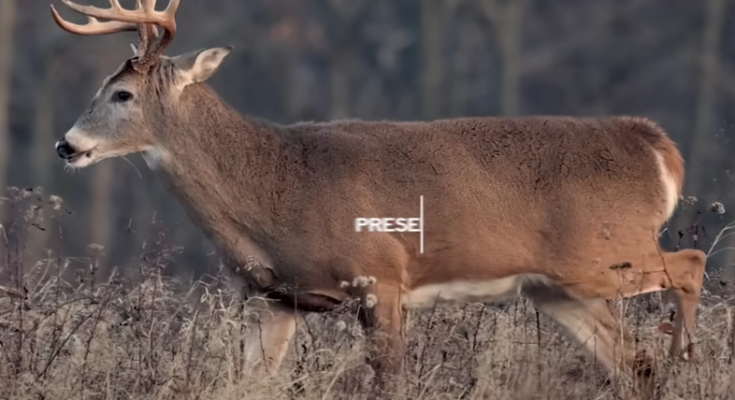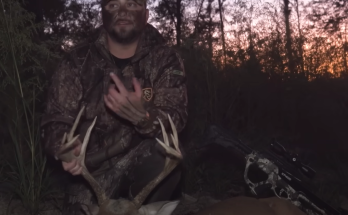Mature bucks, the dominant male deer in a herd, have unique travel patterns influenced by factors such as habitat, food sources, breeding season, and hunting pressure. Understanding how these bucks move can help hunters, wildlife enthusiasts, and researchers track them more effectively.
Home Range and Core Area
Mature bucks have a defined home range, usually spanning several hundred acres. Within this range, they establish a smaller “core area” where they spend most of their time. This core area is typically in thick cover, offering security from predators and hunters. Unlike younger bucks, mature ones minimize unnecessary movement, often staying close to food sources and bedding areas.
Daily Travel Patterns

A mature buck’s daily travel revolves around feeding and bedding. They tend to bed in dense cover during the day and move toward food sources at dawn and dusk. These movements are often subtle and strategic, using terrain features like ridges, creek bottoms, and thick brush to stay hidden. They also take advantage of the wind, positioning themselves so they can detect predators while remaining undetected.
Seasonal Movements

During the pre-rut and rut (breeding season), which typically occurs in the fall, mature bucks increase their movement significantly. They travel more extensively in search of receptive does, often venturing beyond their usual home range. However, they still prefer using cover, traveling along established trails and funnels, such as narrow strips of timber or creek crossings, to move safely.
In the post-rut and winter months, bucks become more reclusive again. With their energy depleted from the breeding season, they focus on conserving energy and finding high-quality food sources. They travel less and seek out areas that provide shelter from harsh weather, such as south-facing slopes or thick cedar groves.
Avoiding Predators and Hunting Pressure
Mature bucks are highly cautious and have learned to avoid danger. They often move under the cover of darkness, especially in heavily hunted areas. When they do travel during daylight, they use thick cover, ditches, and terrain depressions to remain hidden. They also observe their surroundings before stepping into open areas.
Conclusion
Mature bucks are strategic in their movements, prioritizing safety, food, and breeding opportunities. Understanding how they travel can improve hunting strategies and wildlife observation. By focusing on bedding areas, travel corridors, and seasonal patterns, one can increase their chances of spotting these elusive creatures in the wild.



